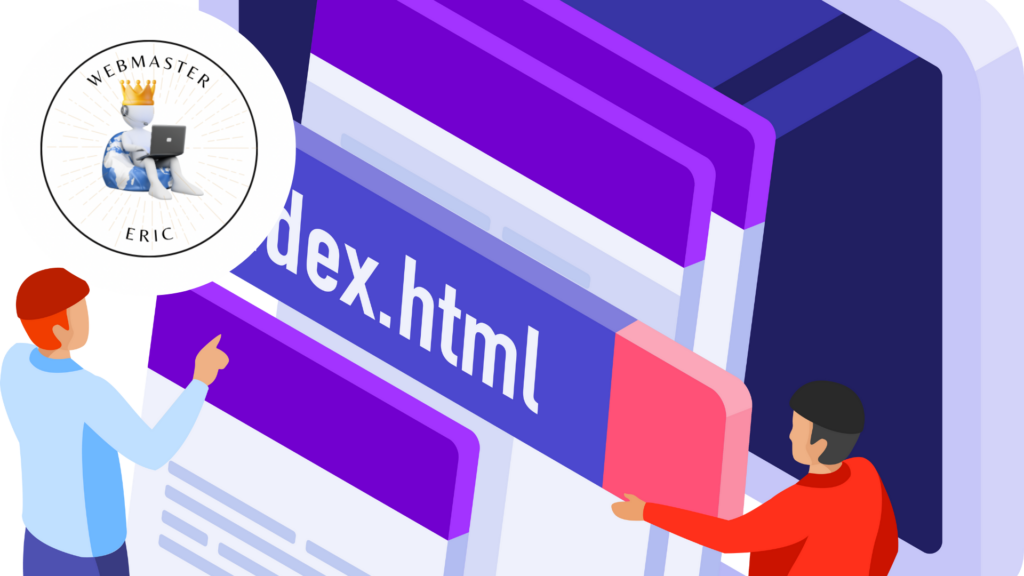
Web Marketing: The Digital Frontier for Business Growth
Web marketing has become the cornerstone of modern business strategies, enabling companies to reach a global audience with unprecedented efficiency. In today’s digital age, the internet is not just a tool but a vast marketplace where businesses can thrive. From search engine optimization (SEO) to social media campaigns, web marketing encompasses a variety of techniques designed to attract, engage, and convert potential customers. As businesses navigate this complex landscape, leveraging expert services like those offered by webmastereric.com can make a significant difference in achieving success.
Introduction to Web Marketing
Web marketing, also known as online marketing or digital marketing, involves promoting products or services over the internet. It includes a range of strategies such as SEO, content marketing, social media marketing, email marketing, and pay-per-click (PPC) advertising. The primary goal is to connect with potential customers where they spend most of their time: online. With the right approach, web marketing can drive traffic, increase brand awareness, and boost sales.
The Importance of SEO
Search Engine Optimization (SEO) is the process of optimizing a website to rank higher in search engine results pages (SERPs). Higher rankings lead to increased visibility and more organic traffic. SEO involves keyword research, on-page optimization, and building high-quality backlinks. It is a long-term strategy that requires continuous effort and adaptation to search engine algorithm changes.
Keyword Research
Keyword research is the foundation of SEO. It involves identifying the terms and phrases that potential customers use to search for products or services. Tools like Google Keyword Planner and SEMrush can help in finding relevant keywords. Once identified, these keywords should be strategically placed in the website’s content, meta tags, and URLs.
On-Page Optimization
On-page optimization refers to the elements on a website that can be optimized for better search engine rankings. This includes title tags, meta descriptions, header tags, and content. Each page should have a unique title tag and meta description that includes the target keyword. The content should be informative, engaging, and relevant to the keyword.
Building High-Quality Backlinks
Backlinks are links from other websites that point to your site. They are a crucial factor in SEO as they signal to search engines that your site is authoritative and trustworthy. Building high-quality backlinks involves creating valuable content that others want to link to and reaching out to relevant websites for link-building opportunities.
Content Marketing
Content marketing involves creating and distributing valuable, relevant, and consistent content to attract and retain a clearly defined audience. The goal is to drive profitable customer action. Content can take various forms, including blog posts, articles, videos, infographics, and podcasts.
Creating Valuable Content
The key to successful content marketing is creating content that provides value to the audience. This could be in the form of solving a problem, answering a question, or providing entertainment. High-quality content is more likely to be shared and linked to, which can improve SEO and drive traffic.
Distributing Content
Once the content is created, it needs to be distributed to reach the target audience. This can be done through social media, email newsletters, and content syndication. Social media platforms like Facebook, Twitter, and LinkedIn are excellent channels for content distribution.
Social Media Marketing
Social media marketing involves using social media platforms to promote products or services. It is an effective way to reach a large audience and engage with potential customers. Social media marketing includes creating and sharing content, running ads, and engaging with followers.
Creating and Sharing Content
Creating engaging content is crucial for social media marketing. This can include images, videos, and text posts. The content should be relevant to the audience and encourage interaction. Sharing user-generated content can also increase engagement and build a sense of community.
Running Ads
Social media platforms offer various advertising options, including sponsored posts, display ads, and video ads. These ads can be targeted based on demographics, interests, and behaviors. Running ads can increase visibility and drive traffic to the website.
Engaging with Followers
Engaging with followers is an essential part of social media marketing. This involves responding to comments, messages, and mentions. Engaging with followers can build relationships and increase brand loyalty.
Email Marketing
Email marketing involves sending emails to a list of subscribers to promote products or services. It is a cost-effective way to reach a large audience and drive sales. Email marketing includes creating email campaigns, segmenting the email list, and analyzing the results.
Creating Email Campaigns
Creating effective email campaigns involves writing compelling subject lines, creating engaging content, and including a clear call-to-action. The emails should be personalized and relevant to the audience.
Segmenting the Email List
Segmenting the email list involves dividing the subscribers into different groups based on their interests, behaviors, and demographics. This allows for more targeted and relevant email campaigns.
Analyzing the Results
Analyzing the results of email campaigns is crucial for improving future campaigns. This involves tracking metrics like open rates, click-through rates, and conversion rates. Tools like Mailchimp and Constant Contact can help in analyzing the results.
Pay-Per-Click (PPC) Advertising
PPC advertising involves paying for ads that appear on search engine results pages and other websites. The advertiser pays a fee each time the ad is clicked. PPC advertising includes creating ad campaigns, targeting the right audience, and analyzing the results.
Creating Ad Campaigns
Creating effective ad campaigns involves writing compelling ad copy, choosing the right keywords, and creating engaging landing pages. The ads should be relevant to the audience and include a clear call-to-action.
Targeting the Right Audience
Targeting the right audience is crucial for the success of PPC campaigns. This involves choosing the right keywords, demographics, and interests. Tools like Google Ads and Bing Ads can help in targeting the right audience.
Analyzing the Results
Analyzing the results of PPC campaigns is crucial for improving future campaigns. This involves tracking metrics like click-through rates, conversion rates, and return on investment (ROI). Tools like Google Analytics and SEMrush can help in analyzing the results.
Leveraging webmastereric.com’s Services
Navigating the complex landscape of web marketing can be challenging. Leveraging expert services like those offered by webmastereric.com can make a significant difference in achieving success. webmastereric.com offers a range of services, including SEO, content marketing, social media marketing, email marketing, and PPC advertising. Their team of experts can help in creating and implementing effective web marketing strategies.
Conclusion
Web marketing is a crucial aspect of modern business strategies. It involves a range of techniques, including SEO, content marketing, social media marketing, email marketing, and PPC advertising.
Each technique requires a unique approach and continuous effort.
Leveraging expert services like those offered by webmastereric.com can help businesses navigate the complex landscape of web marketing and achieve success.
By understanding and implementing effective web marketing strategies, businesses can reach a global audience, increase brand awareness, and drive sales.



